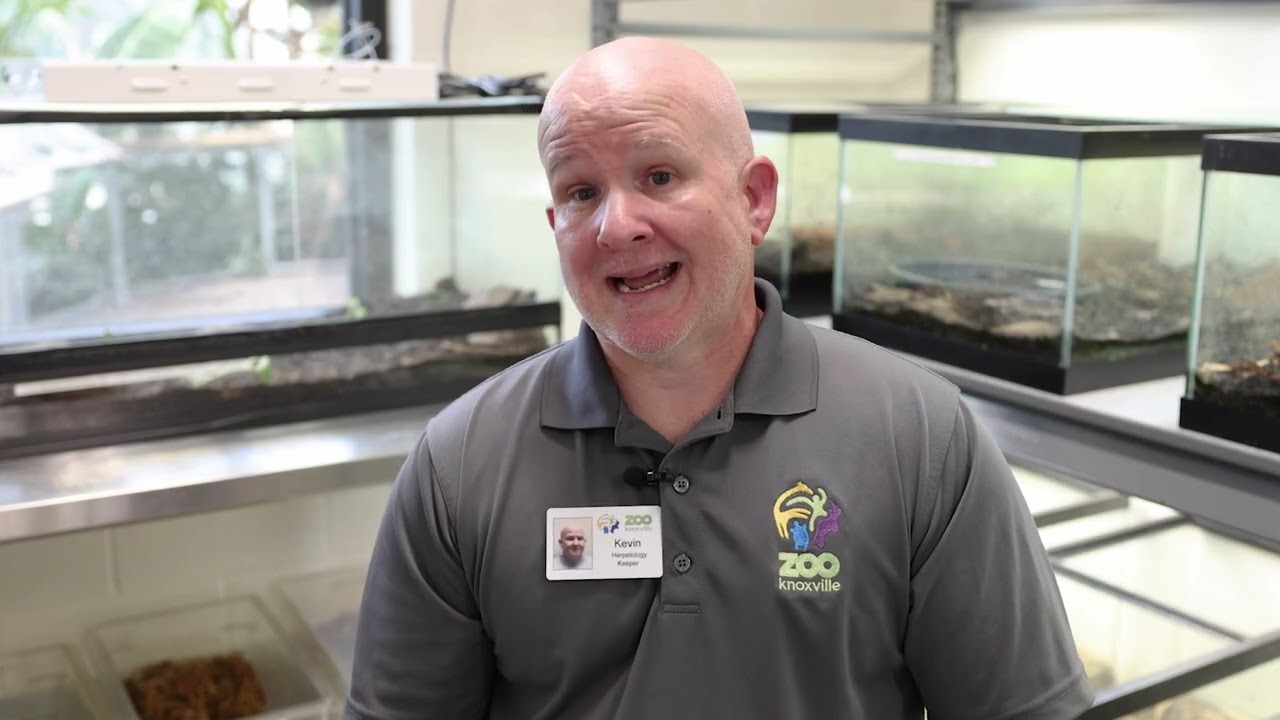- Anatomy and Physical Characteristics of Four-Eyed Turtle Hatchlings
- Habitat and Distribution
- Dietary Habits and Nutritional Requirements
- Reproduction and Hatchling Development
- Conservation Efforts and Challenges
Four-eyed turtle hatchlings are fascinating creatures that have garnered attention from zoologists and conservationists alike. These turtles are recognized for their distinct physical characteristics and play an essential role in their ecosystems. This article will provide an in-depth examination of these unique turtles, shedding light on their biology, ecology, and conservation.
Anatomy and Physical Characteristics of Four-Eyed Turtle Hatchlings
Four-eyed turtles, scientifically known as Sacalia quadriocellata, are named for the distinctive eye-like spots on the back of their heads. These spots are not actual eyes but serve as a form of mimicry to confuse potential predators. Hatchlings are particularly small, measuring around 2-3 centimeters at birth. Their carapace, or shell, is typically dark brown or black with intricate yellow or orange patterns, which aid in camouflage within their natural habitats.
As they mature, these turtles develop a slightly more domed and rugged carapace. The plastron, or the underside of the shell, is generally lighter in color and helps protect their softer underbelly. One of the most interesting features of four-eyed turtles is their ability to retract their heads into their shells for protection, a trait that is vital for their survival in the wild.
Habitat and Distribution
Four-eyed turtles are native to Southeast Asia, with their primary habitats being in China and Vietnam. They prefer freshwater environments such as rivers, streams, and wetlands, where the water is clean and there is an abundance of vegetation. The presence of aquatic plants is crucial as it provides both food and shelter.
These turtles are also known for their basking behavior. They are often found sunning themselves on rocks or logs during the day, which is essential for their thermoregulation and overall health. The varying landscapes within their habitats offer them protection and abundant resources necessary for their survival.
Dietary Habits and Nutritional Requirements
Four-eyed turtles are omnivores, meaning they consume both plant and animal matter. As hatchlings, their diet primarily consists of insects, small fish, and aquatic invertebrates. These animals provide the high protein content needed for their rapid growth and development. Over time, they gradually introduce more plant material into their diet, such as algae, aquatic plants, and fruits.
Proper nutrition is critical for the health and longevity of these turtles. In captivity, it is important to replicate their natural diet as closely as possible. Providing a balanced diet rich in vitamins and minerals helps maintain their immune system and prevents various health issues. Additionally, supplements such as calcium should be provided to support shell development.
Reproduction and Hatchling Development
The reproductive behavior of four-eyed turtles is quite intriguing. Mating typically occurs in the water, where males court females through a series of tactile and visual signals. After a successful mating, females lay eggs in nests dug in sandy or muddy soil near water bodies. The incubation period for the eggs ranges from 60 to 80 days, depending on environmental conditions such as temperature and humidity.
Once the eggs hatch, the hatchlings make their way to the water, where they begin their new life. The early stages of a hatchling’s life are fraught with dangers, from predation to habitat challenges. Parental care is non-existent, and the hatchlings must rely on instinct and their physical adaptations to survive. Their initial diet of high-protein prey supports their rapid growth during these vulnerable stages.
Conservation Efforts and Challenges
Four-eyed turtles are classified as endangered due to habitat destruction, pollution, and illegal wildlife trade. Their habitats are increasingly under threat from urbanization, deforestation, and agricultural expansion. Pollution in water bodies further compounds the challenges, affecting their health and reproductive success rates.
Conservation efforts are crucial to protect these species from extinction. Many zoos and wildlife organizations are actively involved in breeding programs to increase their population numbers. These programs not only help in maintaining healthy populations in captivity but also aim at reintroducing them into their natural habitats.
Furthermore, educating the public about the importance of these turtles and their role in ecosystems is vital. Conservation organizations often conduct awareness campaigns to highlight the dangers of illegal wildlife trade and habitat destruction. By supporting eco-friendly practices and enforcing stringent laws against poaching, we can help secure a future for four-eyed turtles.
In summary, four-eyed turtle hatchlings are a captivating subject for zoologists and conservationists. Their distinctive physical features, specialized habitats, dietary habits, and the challenges they face in the wild paint a poignant picture of the importance of conservation. Understanding their biology and ecological importance sheds light on the broader concerns of biodiversity preservation and the steps we must take to protect our planet’s wildlife.
*****
Source Description
Zoo Knoxville is celebrating the hatching of three critically endangered Four-eyed turtles. Zoo Knoxville is one of only four Association of Zoos and Aquariums (AZA)-accredited zoos in the world to successfully hatch this species, and this is notably the first hatching at Zoo Knoxville.
Zoo Knoxville has dedicated over a decade to the care and conservation of these unique turtles. See what it takes to keep these precious turtles from going extinct.👀👀🐢


